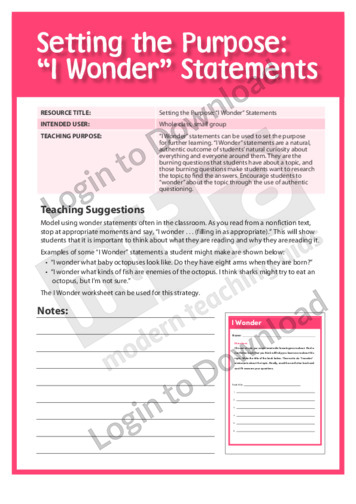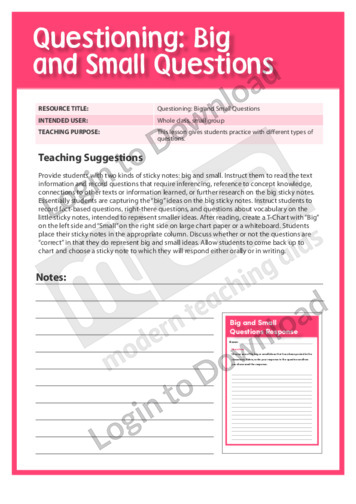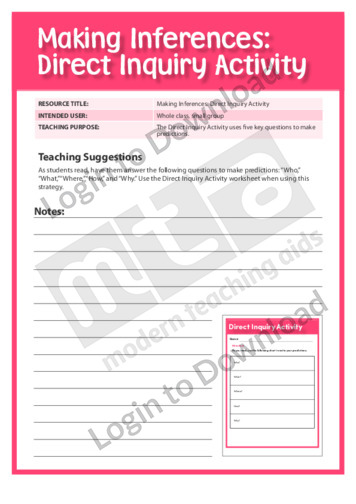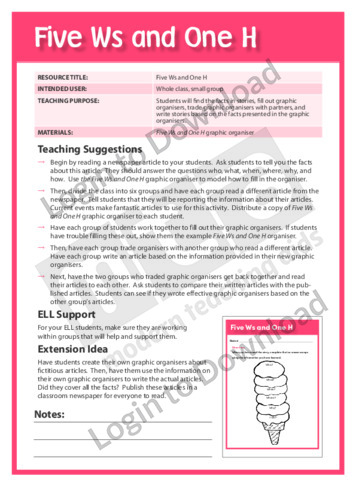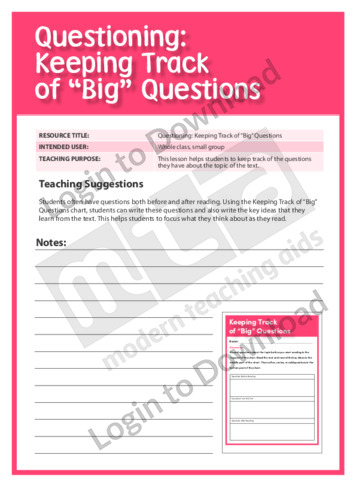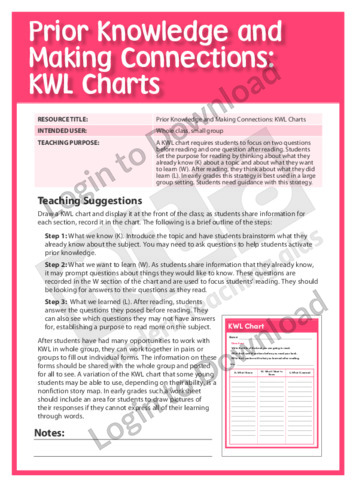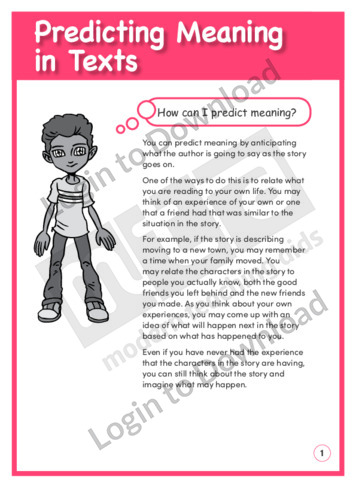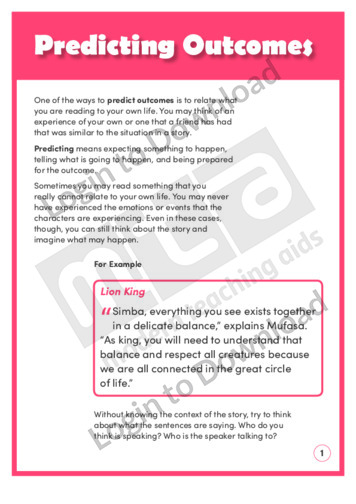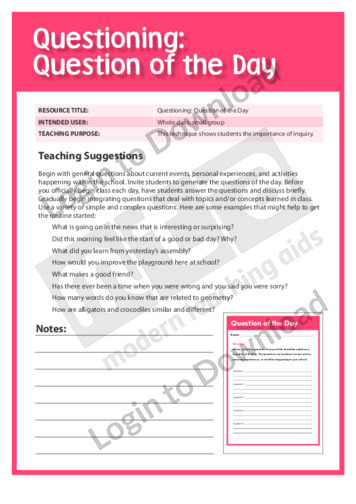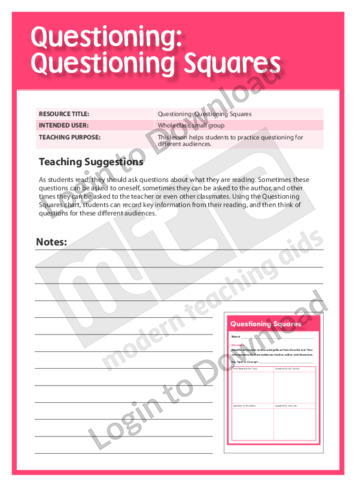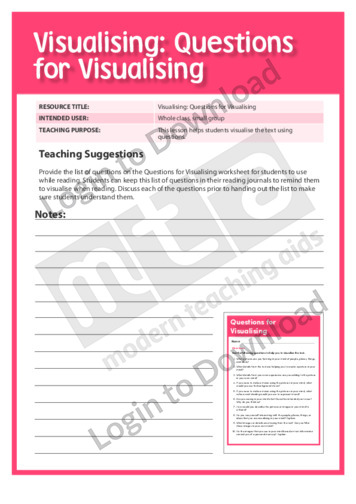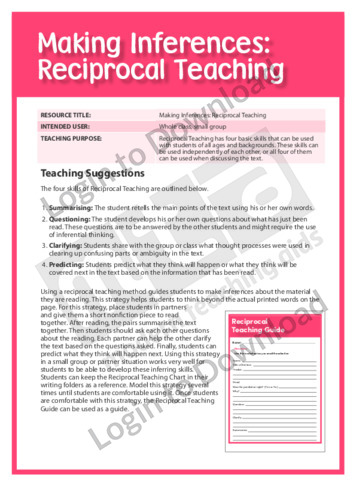This content area reading learning activity, ”I Wonder’ Statements,’ can be used to set the purpose for further learning. ‘I wonder’ statements are the burning questions that students have about a topic, and which make students want to research the topic to find the answers.
This content area reading learning activity, ‘Big and Small Questions,’ gives students practice with different types of questions. It is aimed at helping students distinguish between big and small questions.
This content area reading learning activity, ‘Direct Inquiry Activity,’ helps students make predictions by answering five key questions. It is aimed at enhancing students’ comprehension by having them answer the questions ‘Who,’ ‘What,’ ‘Where,’ ‘How’ and ‘Why’ during reading.
This graphic organiser, ‘Five Ws and One H’ helps students find facts in stories and write their own stories based on the facts they have found.
This content area reading learning activity, ‘Keeping Track of ‘Big’ Questions,’ helps students keep track of the questions they have about the topic of the text. It has students record the questions they have before and after reading and the key ideas that they learn from the text.
This content area reading learning activity, ‘KWL Charts,’ supports students with activating prior knowledge and making connections. It encourages students to set a purpose for reading by thinking about what they already know about a topic, what they want to learn, and, after reading, what they did learn.
This quick reference chart ‘Predicting Meaning in Texts’ gives students different tactics to predict the meaning of a story. It encourages students to use their personal experience and clues from tone and expression to guess the meaning of a sentence with little or no context and uses an example text to illustrate this approach.
This quick reference chart ‘Predicting Outcomes’ gives students different tactics to predict what will happen next in a story. It encourages students to use their personal experience and clues from tone and expression to guess the meaning of a sentence with little or no context and uses an example text to illustrate this approach.
This content area reading learning activity, ‘Question of the Day,’ shows students the importance of inquiry. It has students answer and generate questions about current events, personal experiences and activities happening within the school.
This content area reading learning activity, ‘Questioning Squares,’ helps students practice questioning for different audiences. It has students record key information from their reading, and then think of questions for different audiences.
This content area reading learning activity, ‘Questions for Visualising,’ helps students visualise the text using questions. It provides students with a list of questions for visualising that they can keep in their reading journals to remind them to visualise when reading.
This content area reading learning activity, ‘Tell It in Your Own Words,’ helps students write a summary of a text. It is aimed at developing students’ skills in summarising by teaching them the five W’s (who, what, where, when and why).
This graphic organiser, ‘The Big Scoop’ allows students to research and record information found in a specific text.
This content area reading learning activity, ‘Think Aloud,’ encourages students to find the main idea in a text. It helps students use strategies such as predicting, and questioning and rereading in order to figure out unfamiliar words.
This predicting text exemplar ‘Walking to School, Going to the Fair’ shows students how to predict the outcome of two narratives. It is aimed at encouraging students to ask questions and use their personal experience, along with clues provided in each story to guess what will happen next.
It�s that easy!

